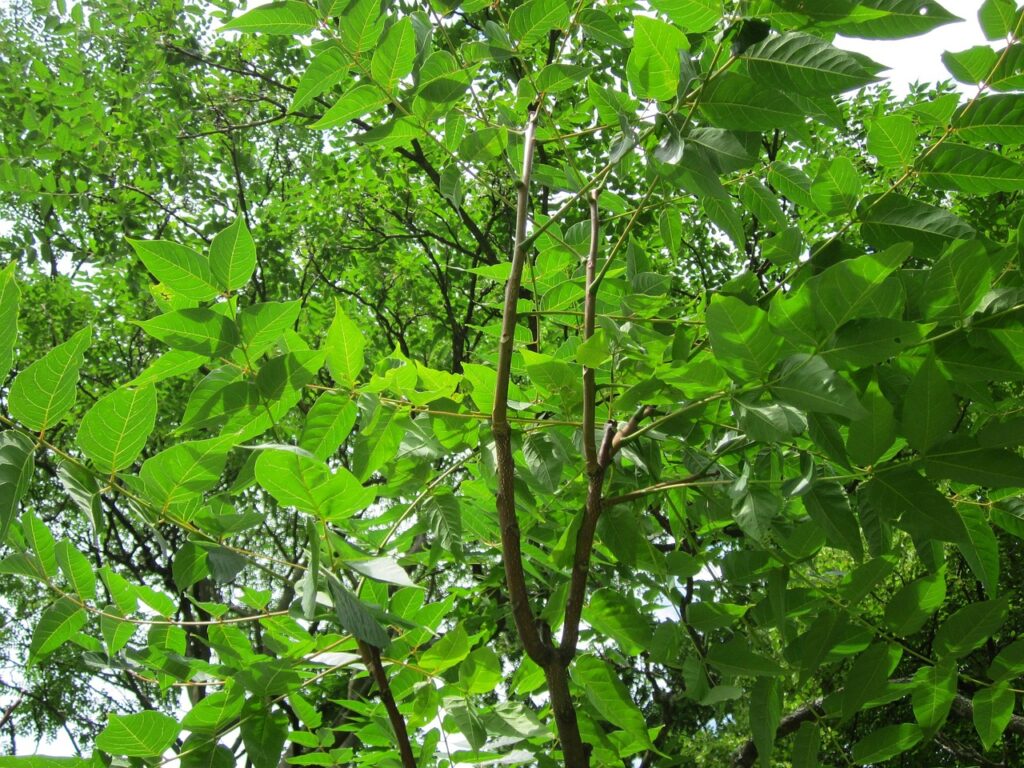Managing Invasive Species Threatening Tree Health: Strategies and Solutions
Managing Invasive Species Threatening Tree Health: Strategies and Solutions
Invasive species pose a significant threat to the health and vitality of trees worldwide. These non-native organisms, whether plants, insects, or pathogens, can quickly establish themselves in new environments, outcompeting native species and disrupting ecosystems. The consequences of invasive species on tree health can be dire, leading to forest degradation, loss of biodiversity, and economic impacts on industries like forestry and agriculture. In this article, we will explore the various invasive species threatening tree health, the risks they pose, and strategies for managing and mitigating their impact.

Understanding Invasive Species
Invasive species are organisms that are introduced to a new environment, where they reproduce rapidly and spread aggressively, often with detrimental effects on native species and ecosystems. These invaders may lack natural predators or competitors in their new habitat, allowing them to thrive unchecked. In the context of tree health, invasive species can take many forms, including plants like kudzu or Japanese knotweed, insects like the emerald ash borer or Asian longhorn beetle, and pathogens like Dutch elm disease or sudden oak death.
The Threat to Tree Health
Invasive species can pose several direct and indirect threats to tree health. Invasive plants may outcompete native vegetation for resources such as sunlight, water, and nutrients, leading to reduced biodiversity and altered ecosystem dynamics. Invasive insects can damage trees by feeding on foliage, boring into trunks and branches, or transmitting diseases. Pathogens introduced by invasive species can cause widespread tree mortality, disrupting forest ecosystems and impacting the services they provide, such as carbon sequestration, soil stabilization, and habitat provision.
Case Studies
Several invasive species have had devastating impacts on tree health in different regions around the world. The emerald ash borer, for example, has decimated millions of ash trees across North America since its introduction from Asia in the early 2000s. This destructive beetle larvae tunnel under the bark of ash trees, disrupting the tree’s ability to transport water and nutrients, ultimately leading to tree death. Similarly, Dutch elm disease has ravaged elm populations in Europe and North America, causing widespread die-offs of these iconic trees.
Management Strategies
Managing invasive species threatening tree health requires a multi-faceted approach that incorporates prevention, early detection, containment, and control measures. Some key strategies include:
Prevention
- Implementing strict regulations on the importation and movement of potentially invasive species.
- Educating the public about the risks associated with invasive species and promoting responsible landscaping practices.
- Conducting risk assessments to identify and prioritize species with the greatest potential to cause harm.
Early Detection
- Establishing monitoring programs to detect invasive species before they become established and widespread.
- Training arborists, foresters, and other stakeholders to recognize the signs and symptoms of invasive pests and pathogens.
- Encouraging citizen science initiatives to report sightings of invasive species and contribute to monitoring efforts.’Encouraging citizen science initiatives to report sightings of invasive species and contribute to monitoring efforts.
Containment
- Implementing quarantine measures to prevent the spread of invasive species to new areas.
- Removing and destroying infested or infected trees to prevent further spread of pests and diseases.
- Implementing biological control measures, such as the release of natural enemies or parasites, to suppress populations of invasive species.
Control
- Implementing targeted eradication efforts to eliminate established populations of invasive species.
- Using chemical treatments, such as insecticides or fungicides, to manage outbreaks of invasive pests and pathogens.
- Employing integrated pest management (IPM) strategies that combine biological, cultural, and chemical control methods to minimize environmental impacts.
Managing invasive species threatening tree health is a complex and ongoing challenge that requires collaboration between government agencies, research institutions, industry stakeholders, and the public. By implementing proactive prevention measures, enhancing early detection efforts, and deploying effective containment and control strategies, we can mitigate the impacts of invasive species on tree health and safeguard our forests for future generations. It is crucial to remain vigilant and adaptive in the face of evolving threats posed by invasive species to ensure the long-term health and resilience of our trees and ecosystems.
